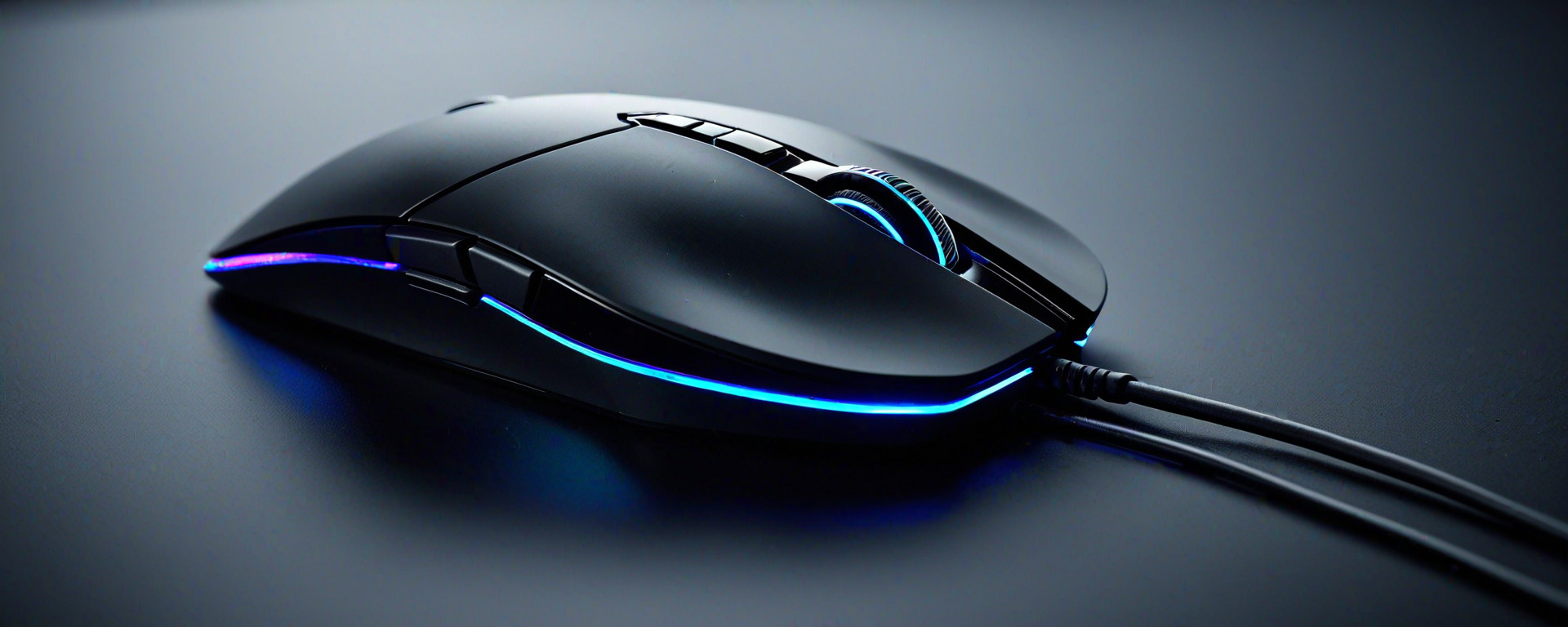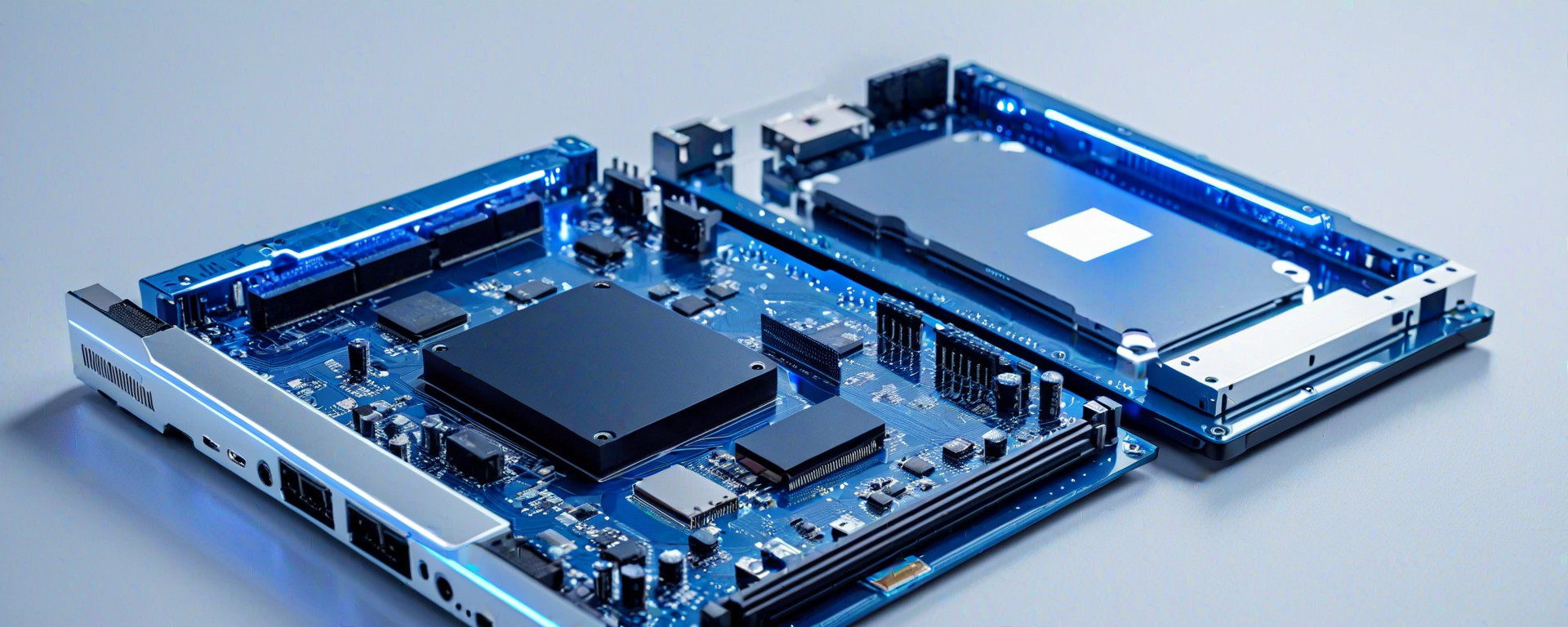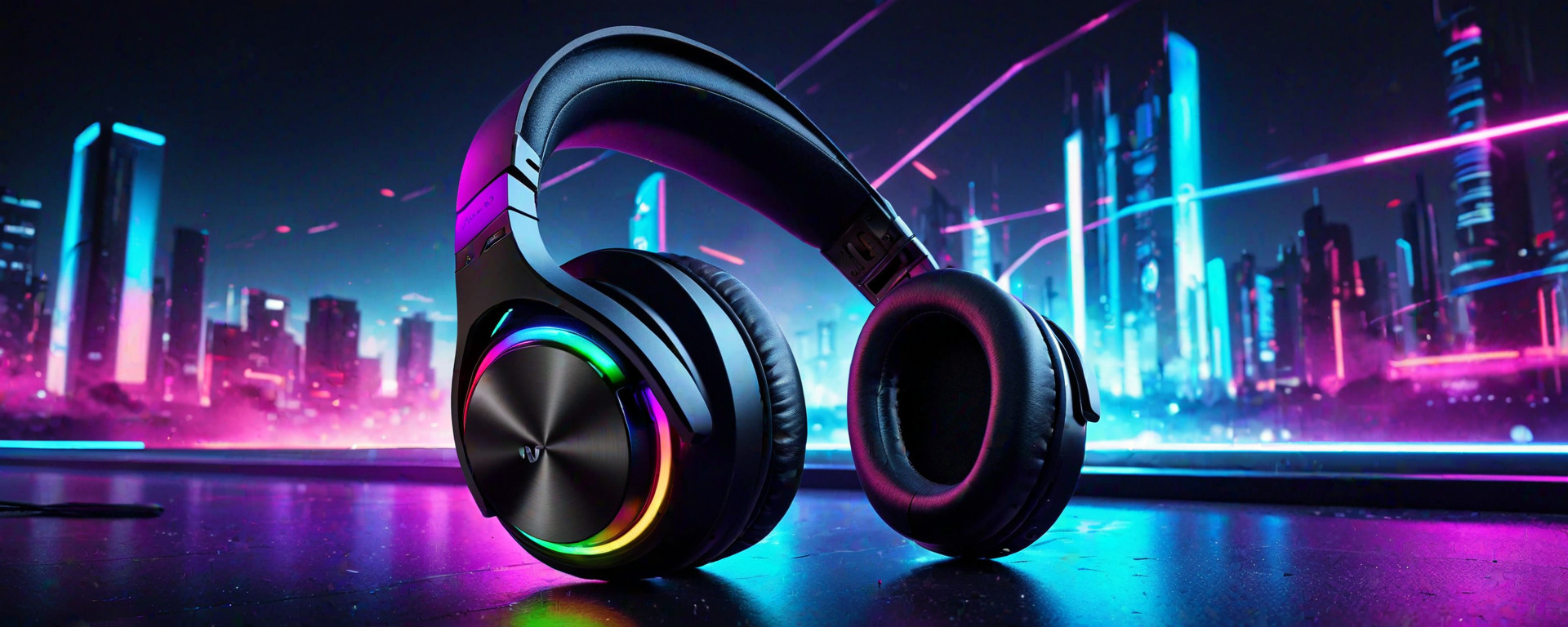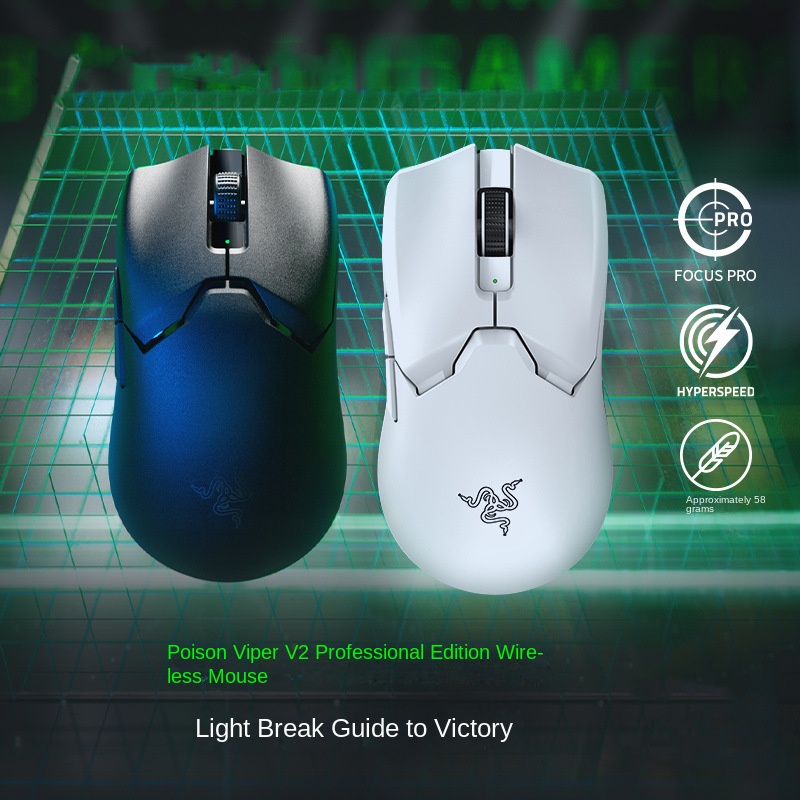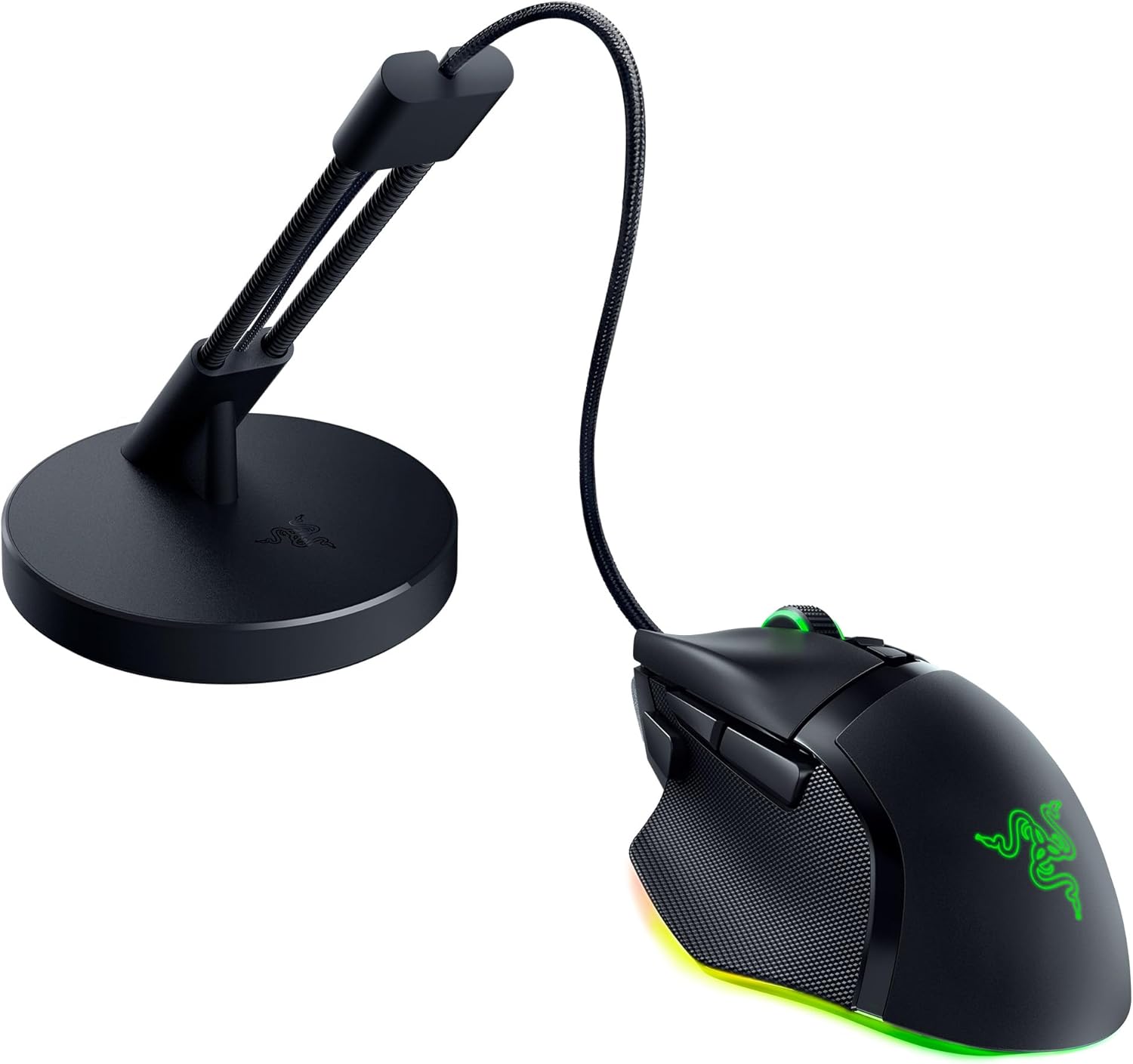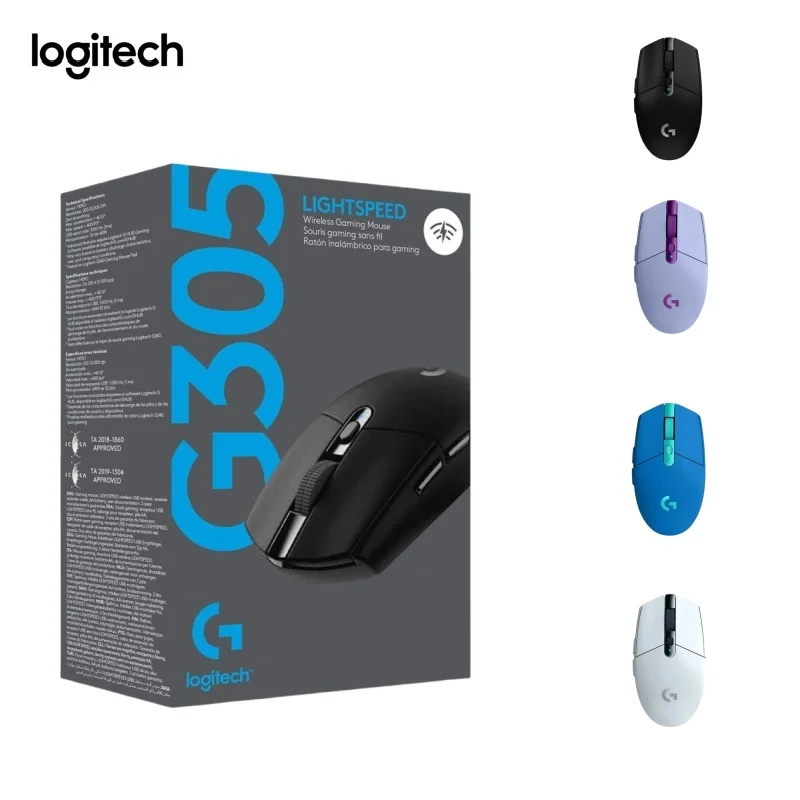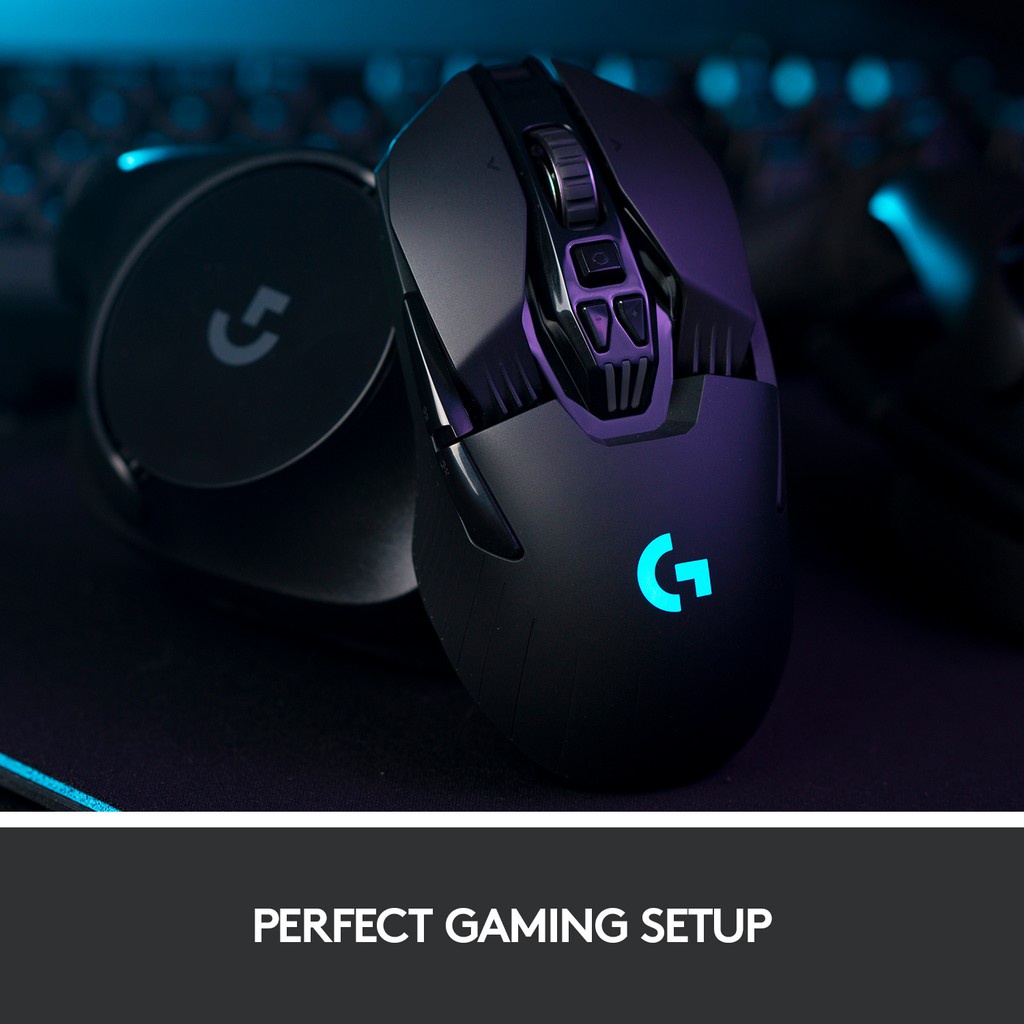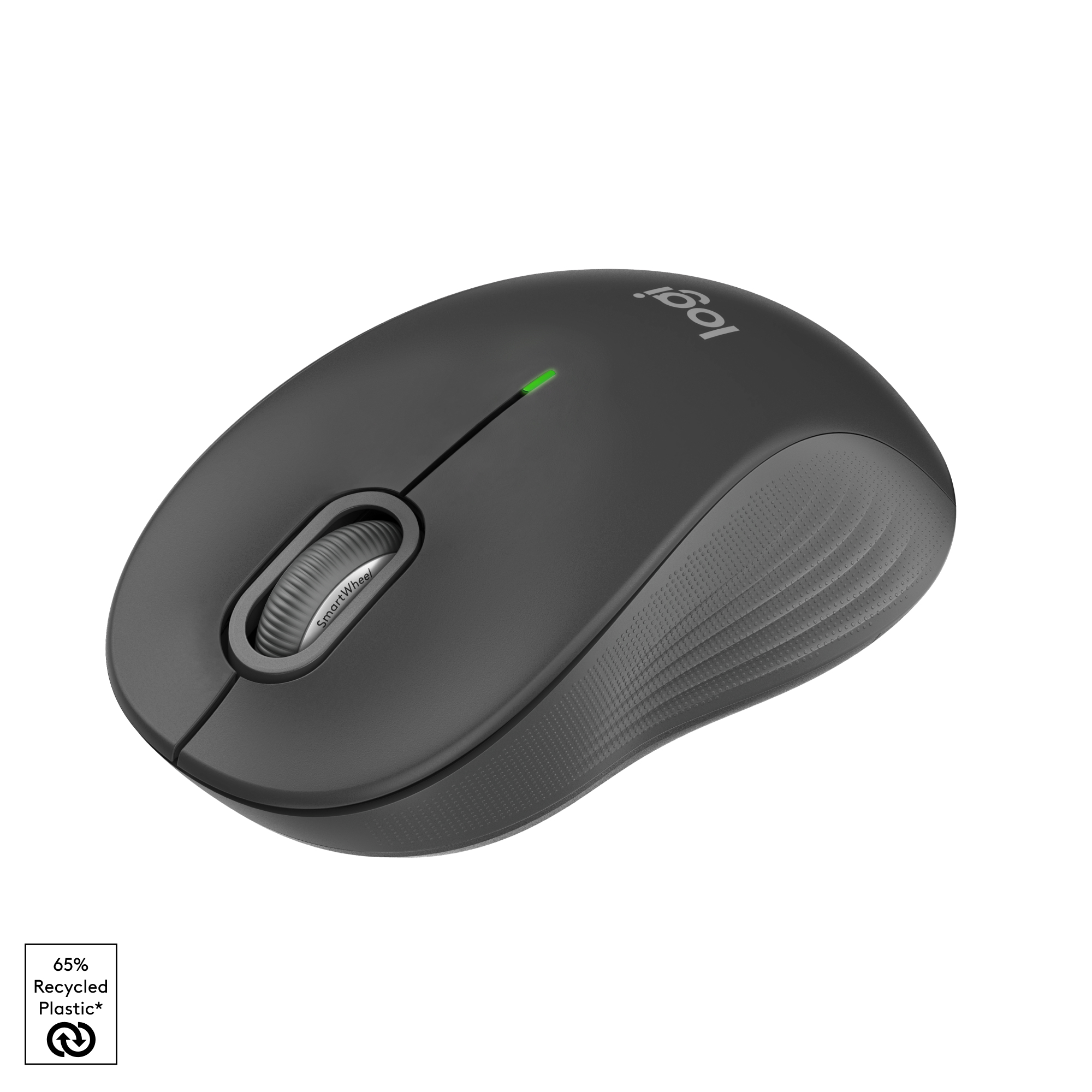Ergonomic Design for Comfort
When choosing a computer mouse, ergonomic design plays a critical role in providing comfort and reducing strain during extended use. Ergonomically designed mice are crafted to fit the natural shape of your hand and wrist, minimizing discomfort that can arise from prolonged computing tasks.
Ergonomic Features to Look For
- Contoured Shape: A mouse with a contoured design follows the curve of your palm, offering better support for your hand.
- Material Quality: High-quality materials like rubberized grips or soft-touch surfaces enhance comfort and provide better control.
- Button Placement: Strategically placed buttons allow you to perform common actions without straining your fingers.
Ergonomic Mouse Examples
The Logitech MX Vertical mouse stands out for its unique 57-degree tilt, which aligns the wrist and hand in a more natural position. The Microsoft Sculpt Ergonomic mouse offers a split design that separates the thumb area to reduce strain on your wrists.
Wireless vs Wired Connectivity
The choice between wireless and wired mice comes down to personal preference and specific needs:
Wired Mice
- No Latency or Interference: No delays in cursor movement, making them ideal for precision tasks like gaming.
- Cost-Effective: Often less expensive and can be highly durable.
- Reliability: Ensures constant connectivity without the need for batteries or charging.
Wireless Mice
- Convenience: No cable management, offering greater flexibility and freedom of movement.
- Battery Life: Modern wireless mice offer long battery life, reducing the need for frequent replacements.
- Compatibility: Many modern laptops only have USB-C ports, making wireless mice more practical if your computer lacks traditional USB-A ports.
Sensitivity and Resolution
The sensitivity of a mouse is measured in DPI (dots per inch), which affects how far the cursor moves on your screen for each movement of the mouse. A higher DPI setting means faster, more responsive cursor movement, but it can also lead to overshooting targets.
Choosing the Right DPI
- Gaming: Higher DPI (1600-4000) is preferred for fast-paced games where precision and quick movements are essential.
- General Use: A balanced DPI of around 800-1200 provides both speed and accuracy, suitable for everyday tasks like web browsing and document editing.
Resolution vs Accuracy
A high-resolution mouse doesn't necessarily guarantee accuracy. Resolution is about tracking precision, whereas accuracy involves the consistency of movement. A well-calibrated mouse with appropriate settings will perform better in terms of both resolution and accuracy.
Customizability and Programmability
Mice that offer customization features provide users with more control over their computing experience:
Button Customization
- Assign Functions: Program buttons to perform specific actions, such as launching applications or macros.
- Macro Recording: Record sequences of keystrokes and mouse movements for repeatable tasks.
Software Support
- Vendor-Specific Software: Many manufacturers provide dedicated software to customize settings, such as DPI profiles, button mappings, and lighting effects.
- Third-Party Tools: Open-source tools like AutoHotkey allow for advanced customization beyond what is offered by the manufacturer's software.
Battery Life and Charging Options
Battery life can be a significant factor, especially if you frequently use your mouse away from power outlets. Consider these options:
Rechargeable Batteries
- Lithium-Ion Cells: Many wireless mice come with built-in rechargeable batteries that offer long life and quick charging.
- Battery Life Indicators: Some models feature LED indicators to show battery status, helping you avoid unexpected outages.
Power Management Features3>Auto-Sleep Mode
- Energy Efficiency: Many wireless mice automatically enter sleep mode when idle to conserve power.
- Quick Resume: Advanced models can wake up quickly from sleep mode, minimizing delays in usage.
Compatibility and Compatibility Issues
Ensuring your mouse works seamlessly with your computer is crucial. Consider these factors:
Operating System Support
- Windows: Most mice are compatible with Windows, but ensure any specialized features work as expected.
- Macs and Linux: Verify that the mouse is fully supported on your operating system to avoid compatibility issues.
USB Port Type
- Traditional USB-A: For wired mice, ensure your computer has an available port or use a hub if necessary.
- USB-C and Bluetooth: Many modern laptops lack traditional ports, making wireless mice with USB-C charging or Bluetooth connectivity more practical.
Price vs Performance
While budget-friendly options are available, they may not offer the same level of quality and features as higher-end models. Consider your needs:
Budget-Friendly Options
- Affordable DPI Range: Basic mice with a 1000-2400 DPI range are suitable for everyday tasks.
- Simplified Features: Fewer customizable options and lower durability but more affordable.
Higher-End Models
- Premium Build Quality: Durable materials, better ergonomics, and longer battery life.
- Advanced Features: Enhanced customization options, higher DPI ranges, and superior tracking accuracy.
Best Mice for Gaming and Productivity
The choice between gaming mice and productivity-focused models depends on your primary use case. Here’s a comparison:
Gaming Mice
- DPI Range: Typically offer higher DPI settings (4000-16000) for precise control in fast-paced games.
- Precision Sensors: Advanced optical or laser sensors ensure accurate tracking even on glass surfaces.
Productivity Mice
- Ergonomic Design: Focuses on comfort during prolonged use, often with customizable button placements for efficiency.
- Software Integration: Enhanced integration with productivity software and tools like Microsoft Office.
Lighting Effects and Aesthetics
If visual appeal is important to you, consider mice that offer lighting effects. These features not only enhance the aesthetic but also provide a clear indication of button presses or mode changes:
LED Lighting Options
- Rainbow Effects: Dynamic color schemes that can be programmed through software.
- Breathing Mode: Soft, pulsing lights for a subtle glow.
Frequently Asked Questions (FAQs)
Address common questions and concerns:
How to Choose the Right Mouse Size?
- Evaluate Hand Size: Measure your hand width and length, then select a mouse that fits comfortably.
Does DPI Really Matter for Gaming Mice?
- DPI Importance: Higher DPI can improve speed but may lead to overshooting targets; balance is key.
Conclusion
Selecting the right mouse involves balancing ergonomics, connectivity options, sensitivity settings, customization features, and aesthetic preferences. By considering these factors and understanding your specific needs, you can choose a mouse that enhances both comfort and productivity.
